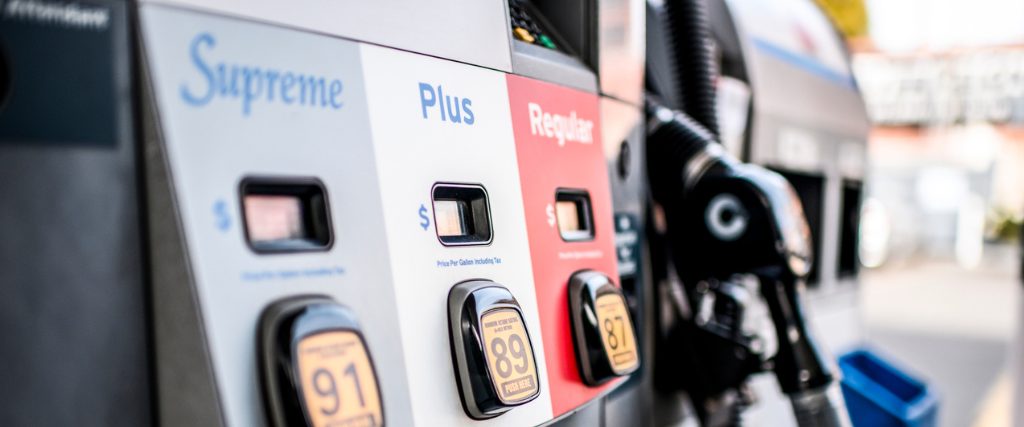What the leaders do best: Strategic pricing of premium grades

Secondary and tertiary grades, like mid-grade and premium, are often priced using simple add-on formulas. A common approach is to set premium at a flat rate above regular.
This method is fast, easy, and predictable, but is it smart?
Not all fuel customers behave the same way
Drivers filling up with regular-grade fuel tend to be more price-sensitive. They’re often willing to drive out of their way to save just a few cents per gallon. But premium customers? They’re a different segment entirely.
Premium consumers often choose their grade based on vehicle requirements or perceived performance benefits. That makes them less reactive to small price differences and more influenced by product quality, brand reputation, and consistency. Importantly, premium prices are rarely advertised on roadside signs, meaning you’re not engaged in the same direct price war as you are with regular fuel.
And while it’s true that premium buyers are typically less price-sensitive, that doesn’t always mean charging more is the best strategy. Many consumers who purchase premium do so out of necessity and when they find a high-quality product at a lower-than-expected price, they notice. These customers are often vocal, loyal, and influential. By offering competitive premium pricing, you can build a fiercely loyal base that returns time and time again, increasing volumes and protecting margins over the long term.
If you’re applying a flat spread without accounting for competitive premium pricing, brand perception, or local demand, you could be leaving margin on the table, or missing out on valuable volume opportunities.
The blind spot in competitor pricing data
Understanding competitor pricing is vital to setting your own strategy. In the US, many pricing teams purchase third-party competitor data. But here’s the problem: most competitor data sources are heavily focused on regular gasoline. Secondary and tertiary grades often lack the same level of accuracy.
Competitor price surveys from teams on the ground can get you accurate readings for pricing across all grades, and can be used to validate any third party data before you use it to inform your strategy.
Complete, accurate data should underpin any pricing strategy. If your pricing model relies on incomplete inputs, how can it deliver optimal results?
Rethinking the approach
Here are a few ways to take a more strategic view of your secondary and tertiary grade pricing:
- Audit your current strategy:
If you’re applying a fixed differential from regular, assess how often that actually reflects your local market conditions. You might be surprised.
- Look at elasticity by grade:
Premium buyers aren’t as sensitive to small changes, but they do respond to larger price differences. Slight adjustments could grow volume without sacrificing margin.
- Assess your data sources:
How accurate and up-to-date is your competitor pricing data, especially for non-regular grades? It might be time to explore alternatives that provide better granularity.
- Test and learn:
Trial dynamic pricing strategies at a small set of sites. Monitor the impact on both volume and margin across all grades, not just regular.
The bottom line
The best performing pricing teams we work all have one thing in common: Strategy. Fuel pricing is a strategic lever and those that are defining (and refining) their strategy across all grades are coming out on top.
Most fuel retailers have sophisticated strategies for regular gasoline, but that same strategic thinking doesn’t always extend to mid-grade or premium. With the right data and a smarter approach, secondary and tertiary grades can be powerful tools to grow both margin and customer satisfaction.
With good tools in place, strategically pricing multiple grades at every site doesn’t have to add to the workload exponentially. Pricing strategies can be turned into rules, validations, and checks that can be automated and applied across a network at speed.
Premium and mid-grade fuels may not drive the bulk of your volume, but they hold powerful potential for brand differentiation, customer loyalty, and improved performance. By moving beyond flat spreads and embracing a more strategic, data-informed approach, you can turn these grades into a competitive advantage. The retailers leading the way aren’t just pricing for visibility they’re pricing for value, loyalty, and long-term performance. Now’s the time to take a second look at your strategy and ensure every grade is working as hard as it should.
Read more articles about:
Fuel pricingSubscribe and get the latest updates
You may unsubscribe from our mailing list at any time. To understand how and why we process your data, please see our Privacy & Cookies Policy
Related posts
Fuel pricing
Climbing the fuel pricing maturity curve: A guide to improving your fuel pricing strategy
In the competitive world of fuel retail — efficiency and agility in pricing are crucial for success. The fuel...

Fuel pricing
Fuel price optimization — Is it right for you?
Watch this on demand webinar to find out how fuel price optimization can be used.


